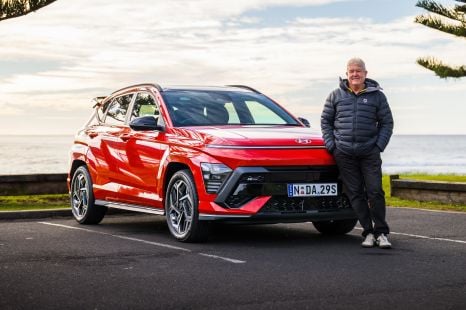

Anthony Crawford
Hyundai Kona N Line: Redefining small SUVs
2 Months Ago
The new Model 3's improvement in ride comfort alone is simply game-changing compared with the nausea-inducing suspension of its predecessor.
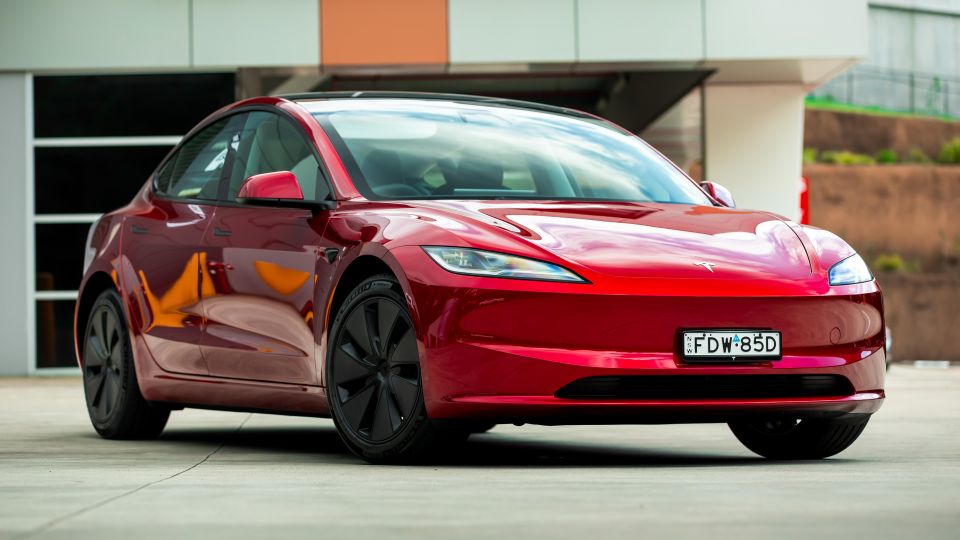
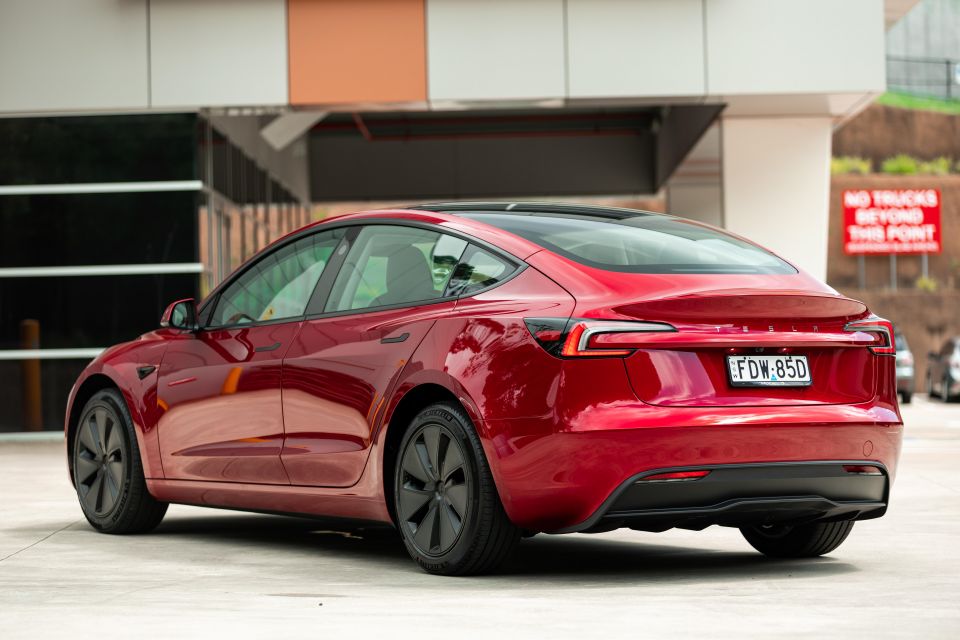

Quickly see how this car stacks up against its competition. Select any benchmark to see more details.
Where expert car reviews meet expert car buying – CarExpert gives you trusted advice, personalised service and real savings on your next new car.
It might be officially billed as a refresh, but over 50 per cent of the 2024 Tesla Model 3 is new, and some of those improvements are game-changing.

For the big-ticket changes you can thank the litany of feedback from previous Model 3 customers, which made way for the comprehensive suite of the improvements made to the world’s best-selling EV.
While it’s heartening to think Tesla genuinely listens to its customers, warts and all, the focus of the updates was to build on the strengths of the original Model 3; namely fun to drive, great performance, compelling range and a high level of safety.
No real argument there, as this was a car that mostly delivered on all those attributes – but it was still far from perfect, particularly when it came to suspension compliance and general ride comfort.
In fact, I’d argue there were few if any cars on the market which offered passengers with a more bone-jarring ride, particularly those unfortunate enough to be seated in the back row.
Ride compliance wasn’t the only glaring concern, but it seemed to go hand in hand with Model 3’s not-so-quiet cabin ambience – the direct result of unsatisfactory levels of wind and road noise, no less.
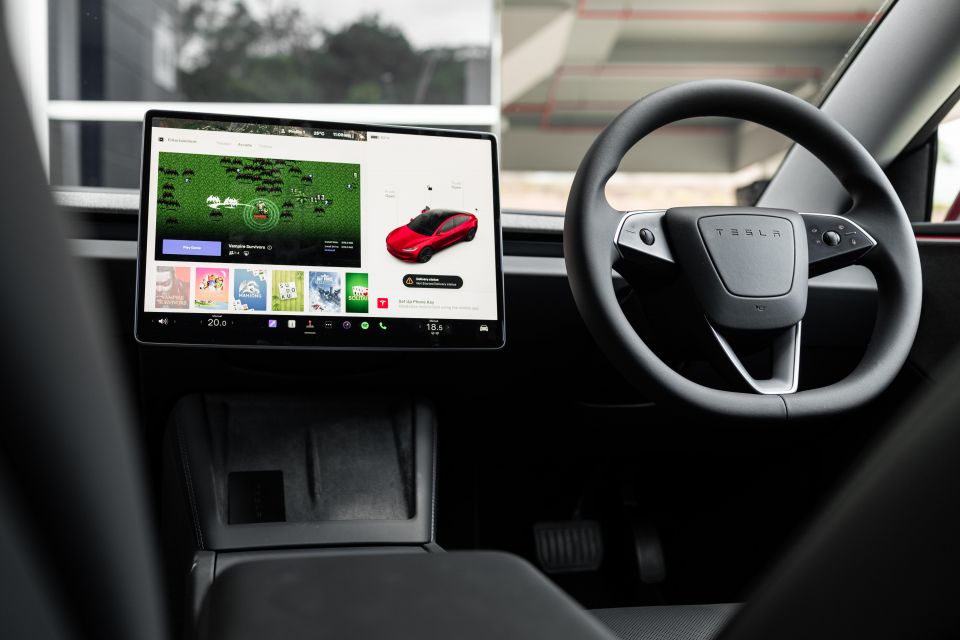
From a purely aesthetic point of view, it wasn’t exactly a head turner either, as subjective as that may be. The old Model 3 was born with a slightly awkward face especially beside its far more handsome Model S sibling.
The front end design had a decidedly unfinished look about it while the rear was slightly frumpy thanks to its higher-than-usual deck line. It just seemed like a lazy, incomplete design that might have facilitated production expediency.
The new Model 3 is a different proposition entirely, with smart looks all round – though at first glance it may not be immediately obvious. It’s more refined up front, more dynamic down back and even more minimalistic inside, but with nicer materials and trim elements for a more mature (and comfortable) presentation.
Nevertheless, in what could be described as a typical Tesla move, it has been lobbing software updates over the air and making running hardware changes to Model 3 on the fly over the ensuing years. But there’s only so much you do without getting under the skin, according to Tesla’s director of vehicle programs, Daniel Ho.
This time around Tesla has applied a more holistic approach to improvements because the new Model 3 is sleeker, slipperier and noticeably more resolved than its predecessor.

It’s not just the car’s aesthetic values that have been enhanced, manufacturability of the new Model 3 was also targeted for improvement. If you look at the front end of the car, those new lamps aren’t just a design change, they’ve also been fabricated for easier assembly and therefore greater consistency during the car’s assembly.
The doors may look the same too, but they’ve been beefed up to withstand double the impact energy of the previous Model 3 in light of new side impact protocols issued by the Insurance Institute for Highway Safety (IIHS) in the United States from 2024.
Indeed, the all-encompassing refresh of the Model 3 might have easily qualified as a new-generation for other carmakers because the list improvements are enhancements cover everything from design, chassis, technology and safety and everything in between.
Even the seats have been redesigned with better posture for more comfort – in both rows, while connectivity and entertainment (always a strongpoint with the brand) has also been enriched.
Like everything in this post-COVID world, Tesla prices are up especially on the entry-level, but I’d argue you’re getting significantly more car for your money, so the overall proposition still stacks up.

Now starting at $61,900 for the base Model 3 RWD, the entry point into Tesla’s range is $4500 dearer than before.
The Model 3 is not without competition either. Chinese carmaker BYD is about to commence customer deliveries of its new Seal after notching up a significant order bank – and it’s priced well below the Model 3 at the entry level.
The Seal Dynamic starts from just $49,888 plus on-roads, while the Premium spec is priced from $58,798 before on-roads. That means the Seal’s base price is around $12,000 less than the most affordable Model 3.
Hyundai has its luxurious Ioniq 6 from $65,500, while the Polestar 2 starts from $67,400.
Tesla Model 3 pricing:
Prices exclude on-road costs
If you’re only just considering making the switch from an internal combustion engined vehicle to an all-electric car, then you might be in for a shock the first time you hop in a Tesla Model 3.

There’s not much to look at besides a steering wheel, seats and a large centrally mounted touchscreen – and that’s about it, at least on the surface.
Just below the trim though, the Model 3 is bristling with layer upon layer of the latest cutting-edge technology, designed to make driving easier, says Tesla.
Owners will use their smartphone as the key to their new Model 3, but we had to settle for the key card equivalent, which you can simply leave on your person to automatically enter the car after which time its simply placed in one of two wireless charging pads just below the touchscreen.
That powers the car up, and off you go – it’s that simple.
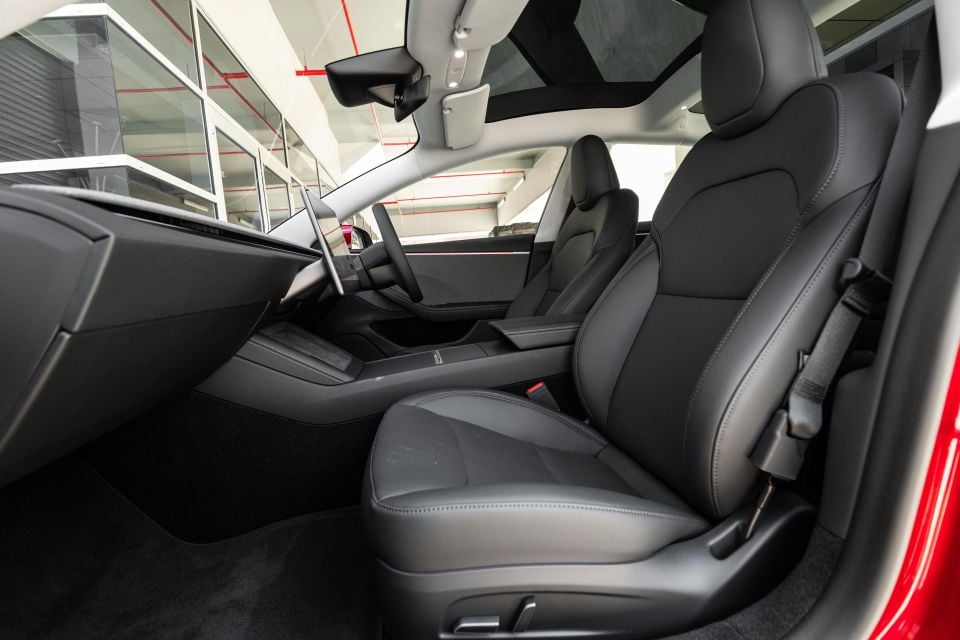

The steering wheel is all-new, and thankfully it’s not a yoke but a rounded affair.
While it feels premium and nice to the touch, no longer are there traditional instrument stalks hanging off it. That functionality can now be found either side of the steering wheel itself, using haptic pads and scrollers.
For example, the turn signals are arrow-marked haptic buttons as are the high-beam flasher, wipers and cruise control. Initially, it will seem utterly foreign, but you’ll get the hang of it in no time at all, particularly if you happen to also own a Ferrari or Lamborghini – both of which ditched the indicator stalks years ago.
The central screen and so-called instrument panel is also new but now with a brighter display, thinner bezel (for a larger active area) and quicker response, though its supersize 15.4-inch dimensions remain the same.
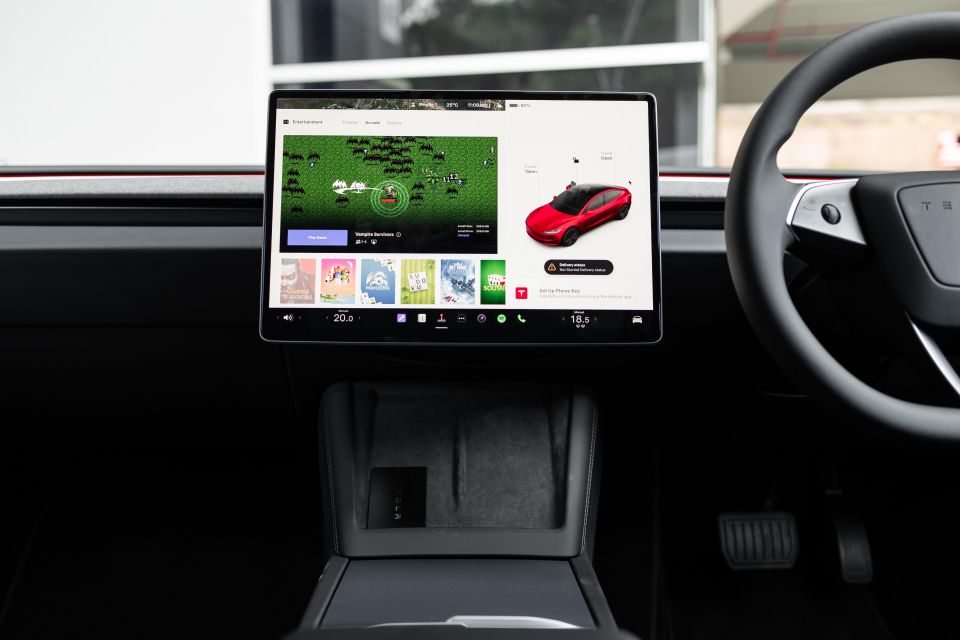

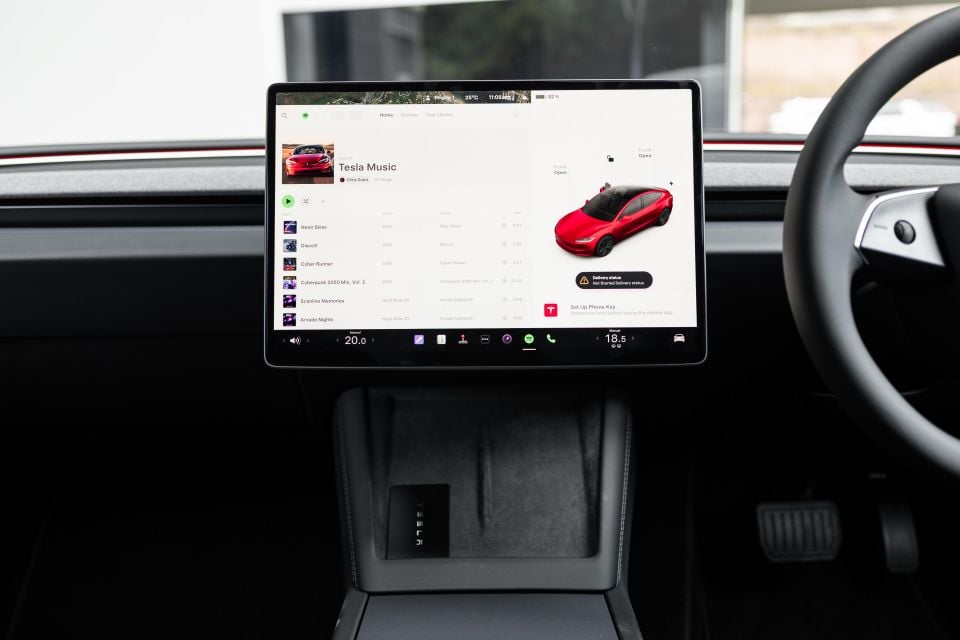

Nevertheless, Apple addicts will likely be inconsolable to learn there’s no CarPlay, and therefore no audible text-messaging conversations on the fly, though you do get Apple Music in the Model 3’s pre-loaded app suite.
It means you’ll also miss out on apps like the licence-saving Waze, unless Tesla decides to add it to its list of pre-loaded apps via an OTA update at some stage.
You just have to subscribe to the fact that almost every single function you can possibly think of is accessed via the central touchscreen up front, including things like opening the glovebox, the boot and frunk for instance.
It’s not difficult but it does require something of a cognitive reset before you actually start enjoying the convenience.
Still, there’s brilliant technology at play here citing Tesla’s own navigation system which is truly exceptional (far better than Waze from a route perspective), not to mention the multitude of updates it’s piled into new Model 3.
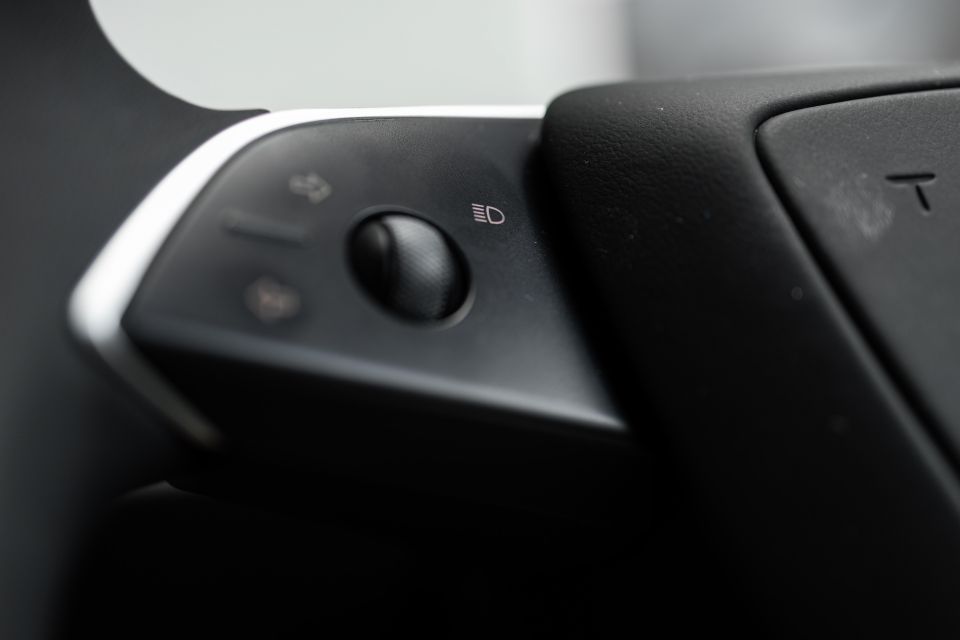

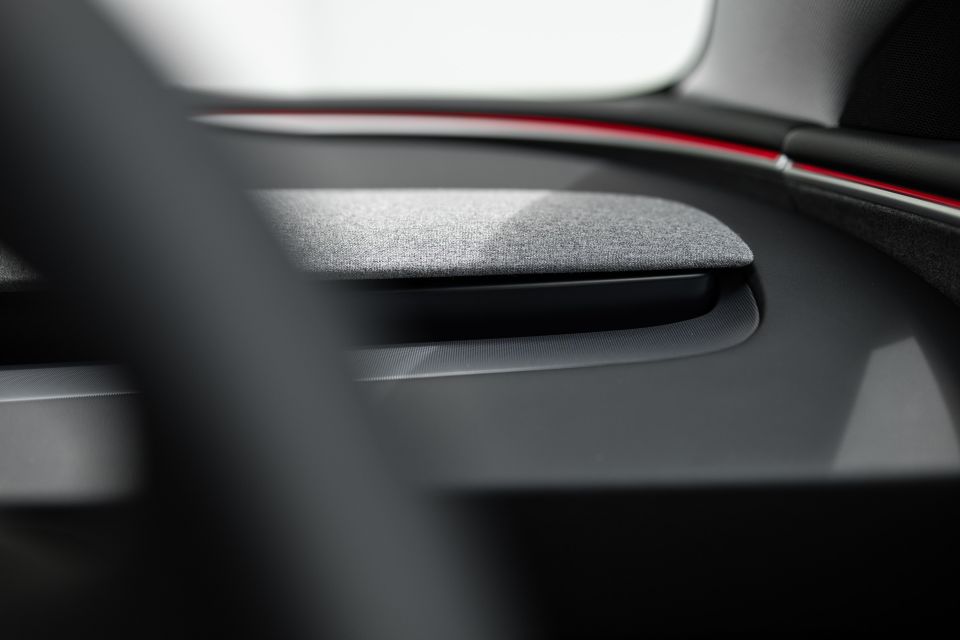
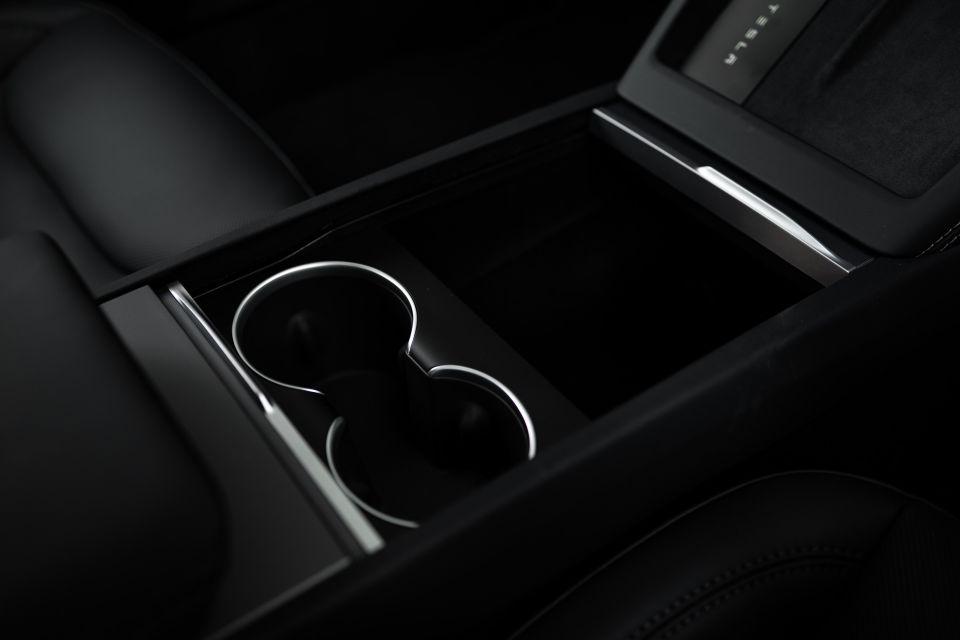
For starters there’s a new Telematics Control Unit, which consolidates connectivity functions into a single integrated module and another in-house design. It promises 30 per cent more range with cellular performance, 50 per cent better signal quality and double the 5G Wi-Fi – that’s better for downloading software updates.
Telephony experience is also better, thanks to the now-inherent levels of quietness in the cabin, as well as the repositioning of the microphone, which wasn’t ideal on earlier Model 3s.
The microphones are new and the same as those in Model S, while the positioning has also been optimised. There are now two mics (left and right) on the upper trims – so closer to the driver and front passenger for truly exceptional sound quality on calls.
You’ve still got Bluetooth but Tesla has also introduced Ultra Wide Band (UWB) for more accurate positioning (10X), which also enhances the phone-key operation.
There’s a new Airwave 2.0 climate-control system that dispenses with traditional vents and also features in the rear seats, complete with its own eight-inch touchscreen with new software for pre-conditioning of both seat rows. Kids will love the fact it can also stream entertainment.
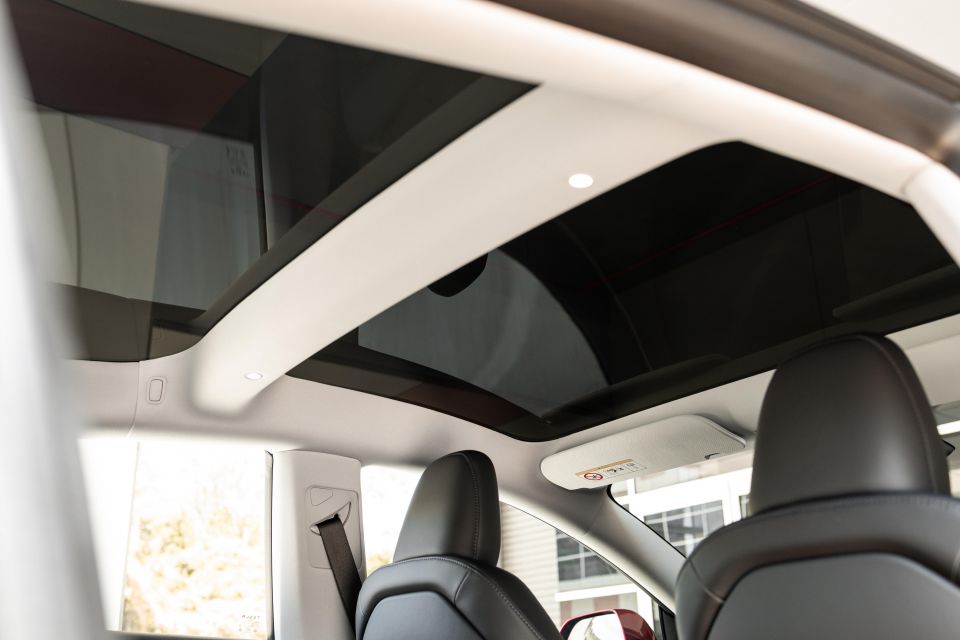
My all-time favourite feature has got to be Dog Mode. It allows you to set a temperature which is maintained until you return, as well as a full-screen message: ‘My driver will be back soon’ and the cabin temp displayed. It’s brilliant.
There are new door trims which includes a new ambient lighting system that wraps completely around the bulkhead to the central display, which is also customisable with any number of colours and shades.
Come to think of it, there’s a lot more wrapped material in the cabin and while it definitely looks and feels nicer than any previous iteration, it also has acoustic absorption properties given its remit to make the new Model 3 as quiet as possible inside.
The centre console is also new, and includes the new rear-screen already mentioned. It definitely looks and feels more premium with upgraded materials, while the central storage capacity is enormous and capable of swallowing multiple phones, wallets, keys and other stuff.
Moreover, the sliding covers are nicely damped and quiet, and yet there’s still another nicely upholstered central armrest up front that also doubles as another storage bin. The dual wireless charging pads have a 65W capacity, while Tesla has upgraded the of the USB-C charging – enough to charge two MacBook Pros simultaneously from the centre console. It’s impressive.
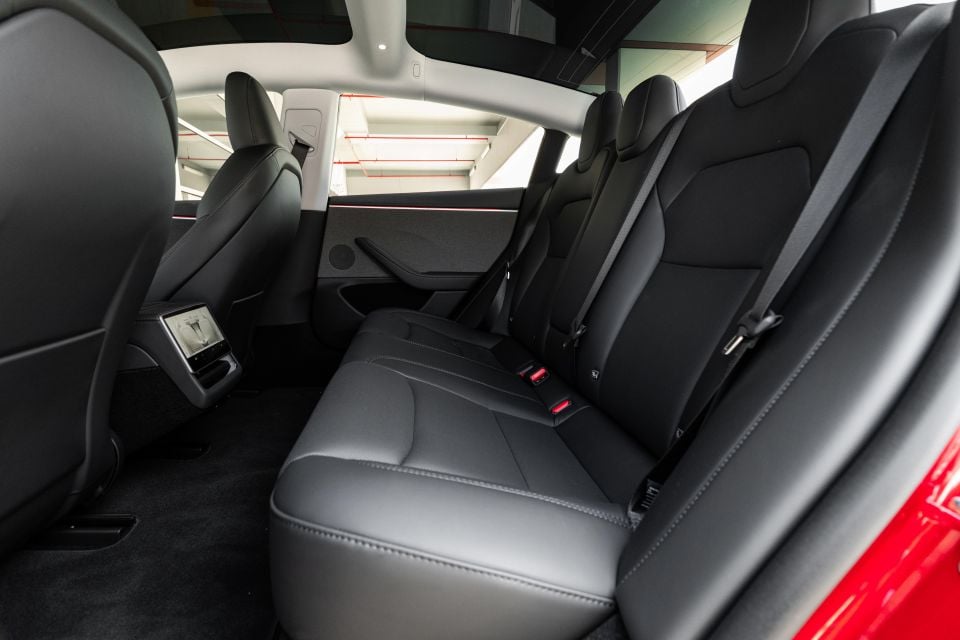
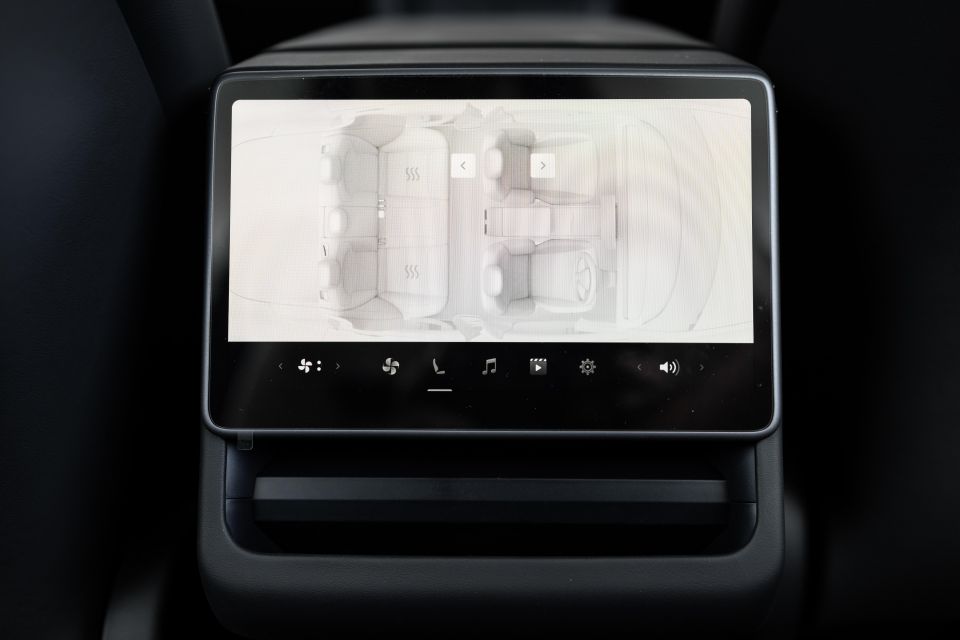
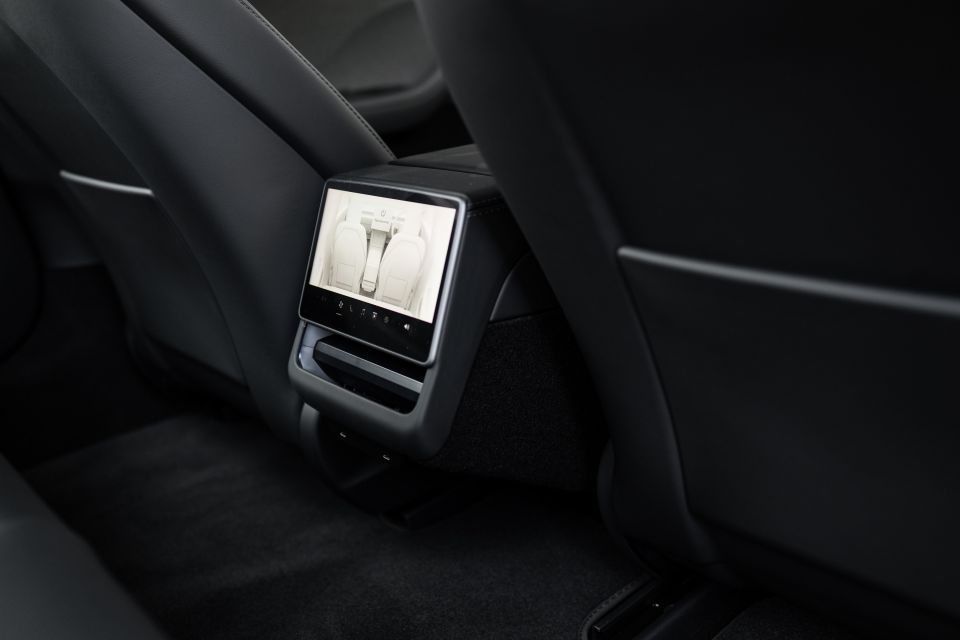
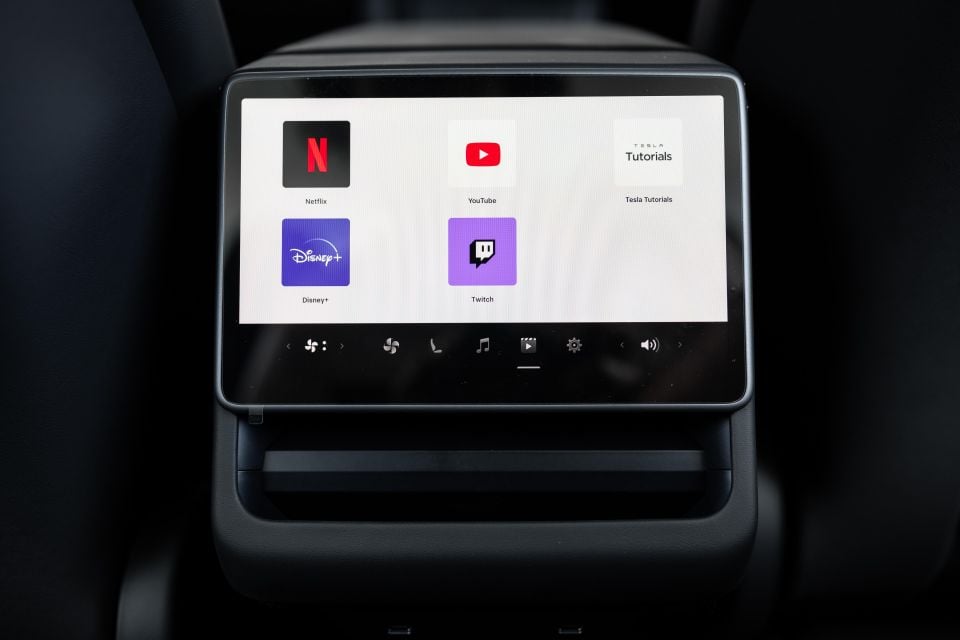
You’re definitely going to like the new seats – front and back, too, especially from a comfort standpoint, though they’re also reasonably well bolstered as well. Up front, Tesla has added ventilation to the heating controls, so now they’re actively cooled. Front-side airbags have also been added to the front seats.
In the second row, the actual posture of the seats has changed, as well as the materials. It’s a direct result of customer feedback asking for improve rear-seat comfort.
There’s also more bolstering, and the seats themselves appear to be more thickly cushioned for significantly more comfort back there. Moreover, the upholstery is now perforated in the second row, which helps with passive cooling in the rear we’re told.
It’s quiet, too. Exceptionally quiet. Reducing ambient noise in the cockpit was another significant development target for the latest Model 3, which has resulted acoustic glass all round to reduce cabin noise by 30 per cent.
It’s a sound segue into Model 3’s new audio system. Mind, there were never any customer complaints about the sound system. Tesla has always had an enviable reputation for its exceptional audio – well now, it’s even better.
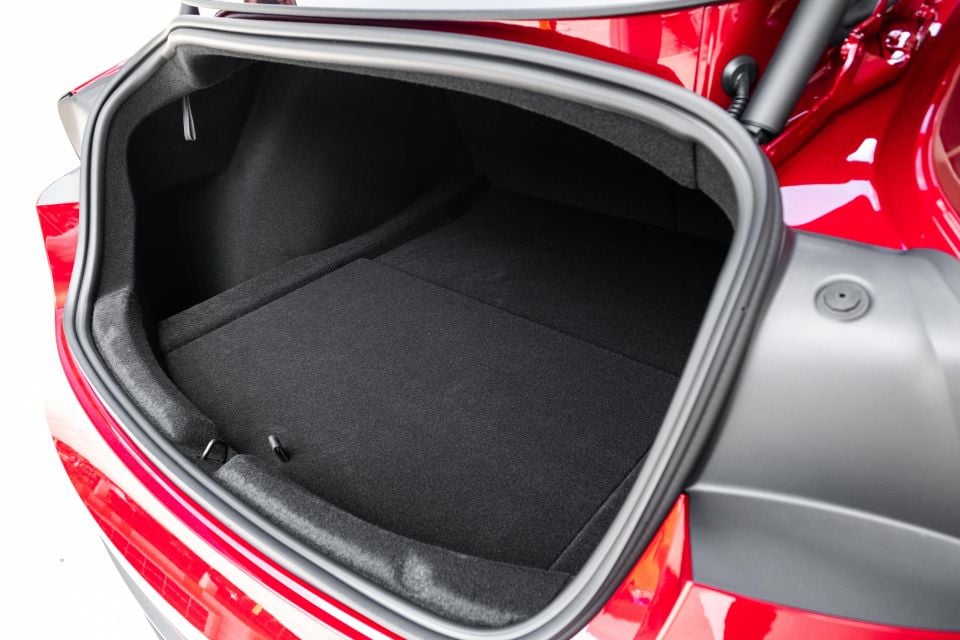

There are 17 speakers versus 14 previously, new amplifiers front and rear and the latest software for a wider soundstage. It’s another in-house design, though the engineers are said to have come from a certain Danish audio group. Suffice to say, its next level and as good as anything I’ve ever heard.
Remembering the Model 3 is four-door sedan with a traditional boot – a design call from the very outset based on keeping its seamlessly sloping roof line while maximising headroom – luggage space is excellent with a combined 682 litres across front and rear stowage areas (88L in the frunk, 594L in the boot).
The aperture is fairly wide too, and the rear seats fold relatively flat, should you need to shove longer gear in there like a ladder or surfboard.
The latest Tesla Model 3 RWD uses the same single motor at the rear and battery pack as the previous iteration, while the Long Range AWD used front and rear motors.
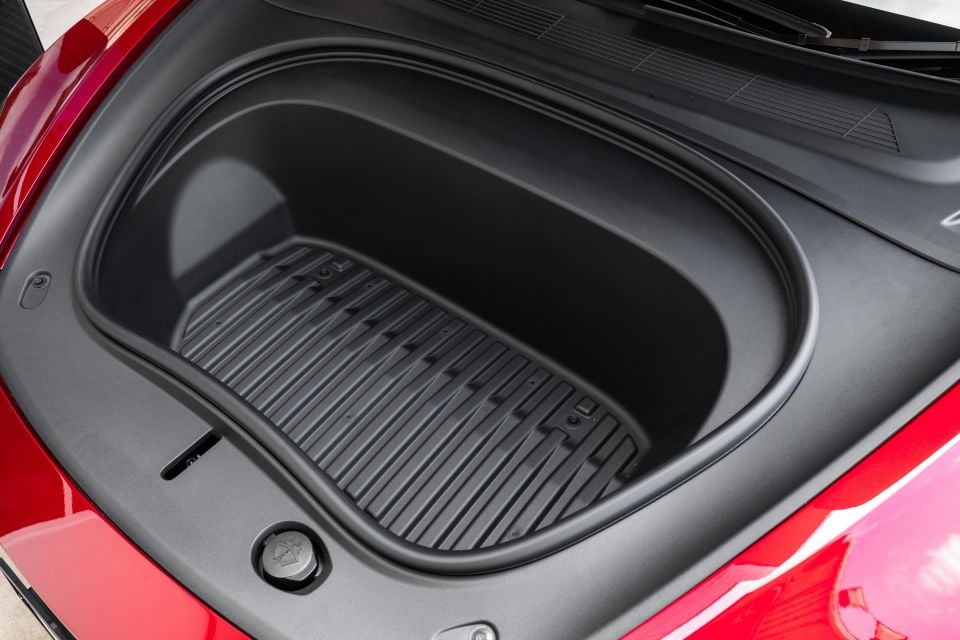
Tesla doesn’t quote power and torque figures, but claims a 0-100km/h sprint time of 6.1 seconds for the RWD, and 4.4 seconds for the Long Range version.
A new Model 3 Performance has been confirmed for Australia and due to arrive in the first half of 2024 featuring more powerful dual motors and is said to be, “pretty special”.
The Model 3 can be charged at up to 170kW using a DC charger, with Tesla claiming up to 282km can be added in 15 minutes.
Claimed range under WLTP testing is 513km for the RWD and 629km for the Long Range. It’s worth noting the new Model 3 has earned a drag coefficient of just .219 – meaning its exceptionally slippery through the air. By way of comparison, the Porsche Taycan boasts a 0.22Cd.
Unlike most other EV brands, Tesla also ditches the Start/Stop button for extra simplicity, or dare I say confusion, depending on your viewpoint.

Where expert car reviews meet expert car buying – CarExpert gives you trusted advice, personalised service and real savings on your next new car.
You’ll get used to it in no time, or even celebrate the ease of getting under way in your new Model 3.
To put the car into Drive or Reverse, you’ve got two options; there’s a cloaked bank of touch buttons in between the two sun visors, which also houses a couple of very bright LED downlights, or just use the screen and finger-scroll forward or back.
The latter is the way to go, as it not only becomes intuitive after just a few moves, it’s quick when you’re manoeuvring in a tight spot or make a three-point turn under pressure. Tesla also makes do without the traditional driver’s instrument display behind the steering wheel, instead putting the relevant information into the top-right corner of the central display.
Again, you’ll soon get used to it, but I’m not sure I can fully subscribe to such an extreme level of minimalism. But then again what more do you need up there besides speed and possibly nav directions given Tesla still doesn’t offer a head-up display.
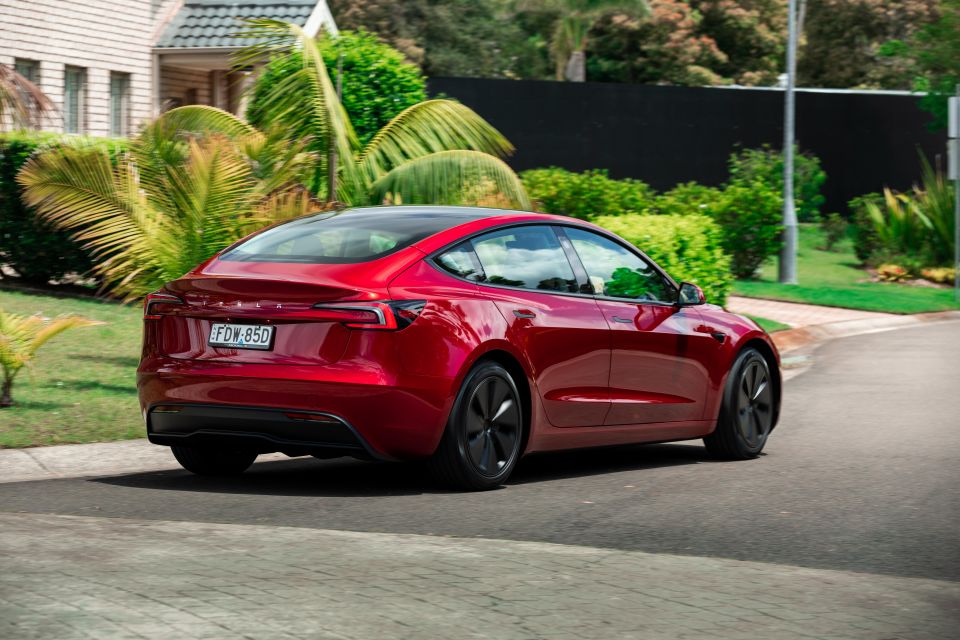
Don’t forget to set up your side mirrors and save it on the big screen. Likewise, the electric steering-wheel adjustment, remembering everything is accessed via the display.
There’s no drive mode button, but you’ve got the choice of ‘Chill’ or ‘Standard’ for acceleration and ‘Standard’ or ‘Sport’ for steering. I’ve gone with the latter on both.
Front and side vision is superb, while seat placement is low enough to feel sporty in nature but not enough to be difficult when entering and alighting from the car.
Rear vision is marginally compromised by the car’s dramatically tapered rear glass and high deck line. It’s still decent though when you factor some of the best reversing cameras and rear-view screen in the game.
Never mind that I’m in the entry Model 3 RWD, either. It’s plenty rapid and can smoke most other cars off a set of traffic lights. You’d really have to question the need to stump up another $10,000 for the Long Range outside of the additional range itself.

What I really like is the pedal feel on the throttle. Some EVs struggle in traffic when only very small increments of throttle are required but the Model 3 is excellent in this regard.
Brake pedal feel is the same and the regen – or one-pedal driving is suitably calibrated for a more linear feel than its rivals. No question you’re aware of its 1765kg heft through the corners but sound body control means it’s well managed with minimal body roll even in the shaper turns.
The steering obviously feels quick in its Sport setting, but again its more natural than some of its rivals, many of which can feel artificial as you wind on more lock.
Mind, the new Model 3 benefits from significant chassis upgrades that go a long way to making it feel like a well-sorted car that’s been engineered with more fun in mind as well as being demonstrably quieter and more refined.

Tesla made local body stiffness improvements – where the suspension attached to the body, allowing for all-new bushings to be used.
Additionally, there are new front knuckles that improve bump steer, as well as new ‘frequency dependant’ dampers that seem to make a world of difference not only to body control, but more significantly to ride comfort.
Dare I say it, yet again, but this is the car the Model 3 should have been from the very outset. And it will take you all of a minute behind the wheel to discover the new Model 3 now rides more like a luxury car than a full-fat shifter kart.
New 18-inch Michelin Primacy tyres also help with ride comfort too, though 19s are available. Both were specially developed for the Model 3, though I particularly like the all-black wheels on this RWD tester.
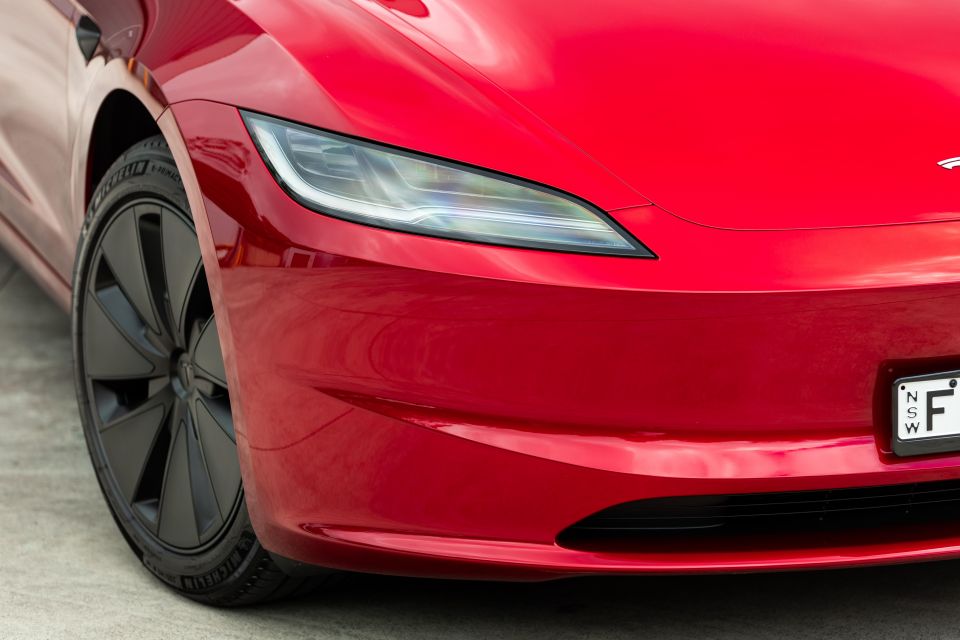
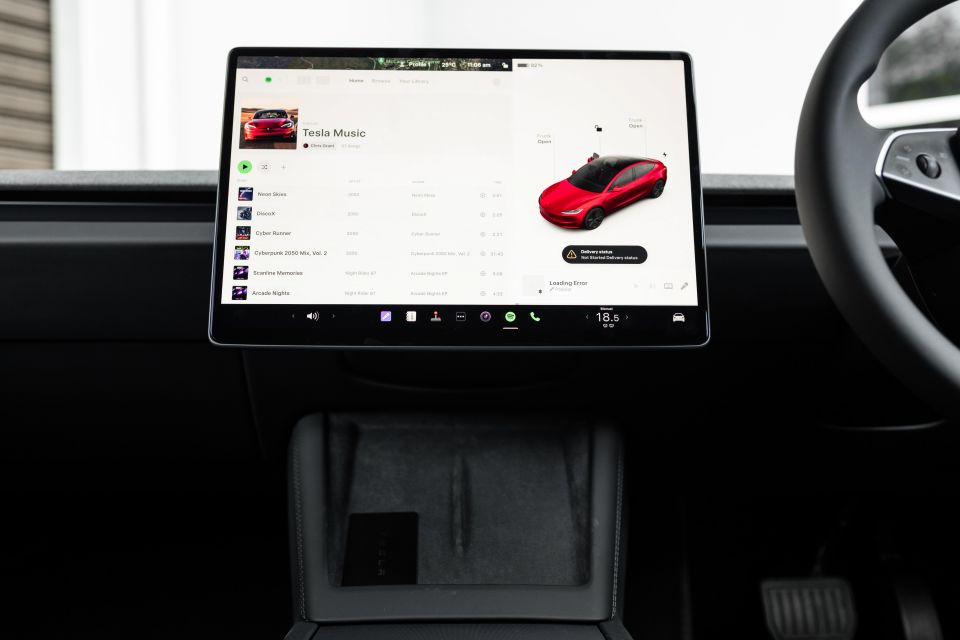

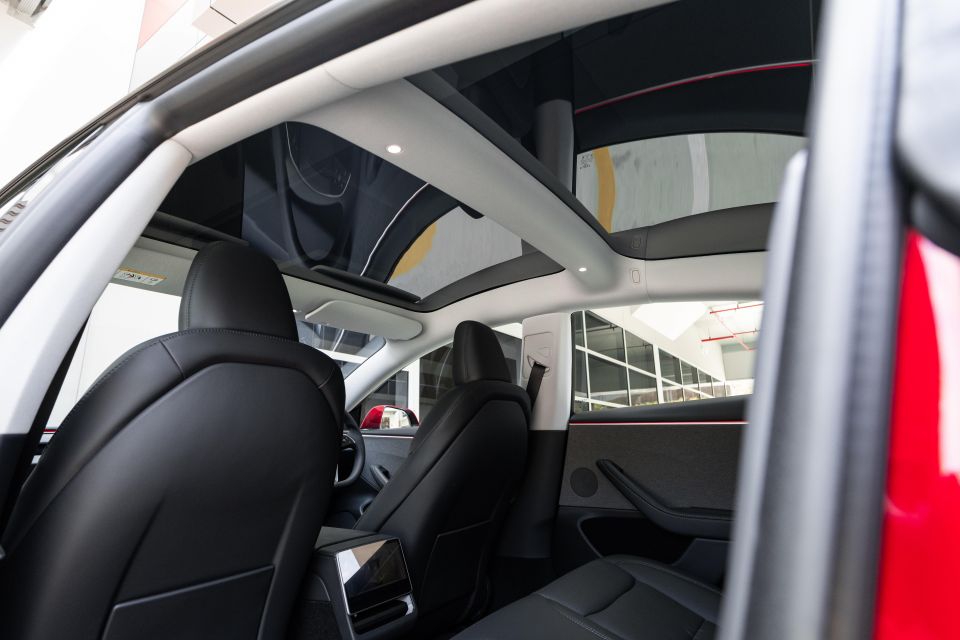
Model 3 RWD highlights:
Model 3 Long Range adds:
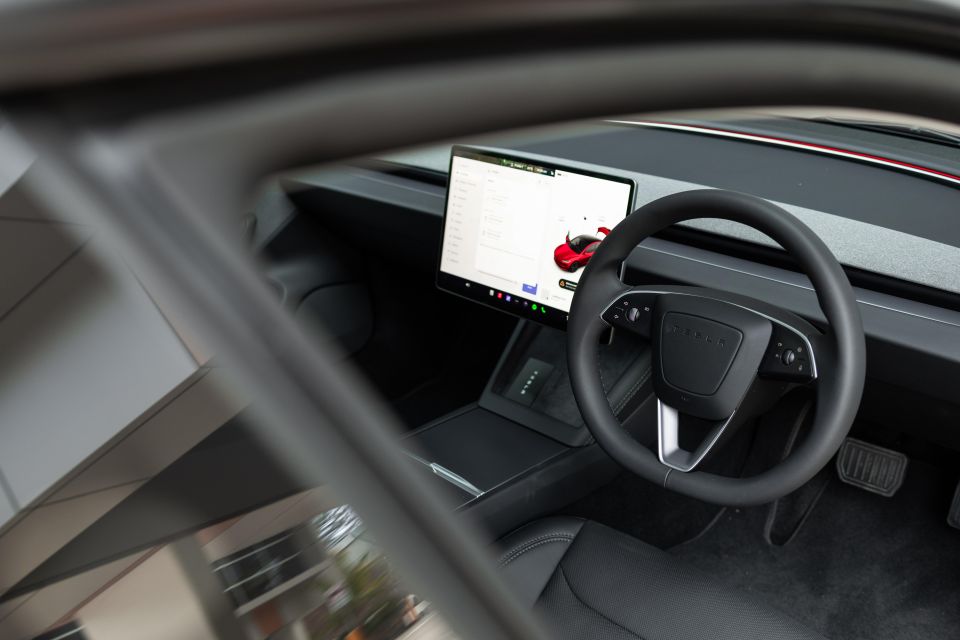
A Premium Connectivity subscription is complimentary for 30 days, adding:

Standard
Premium
The Model 3 wears a five-star ANCAP safety rating based on Euro NCAP testing.
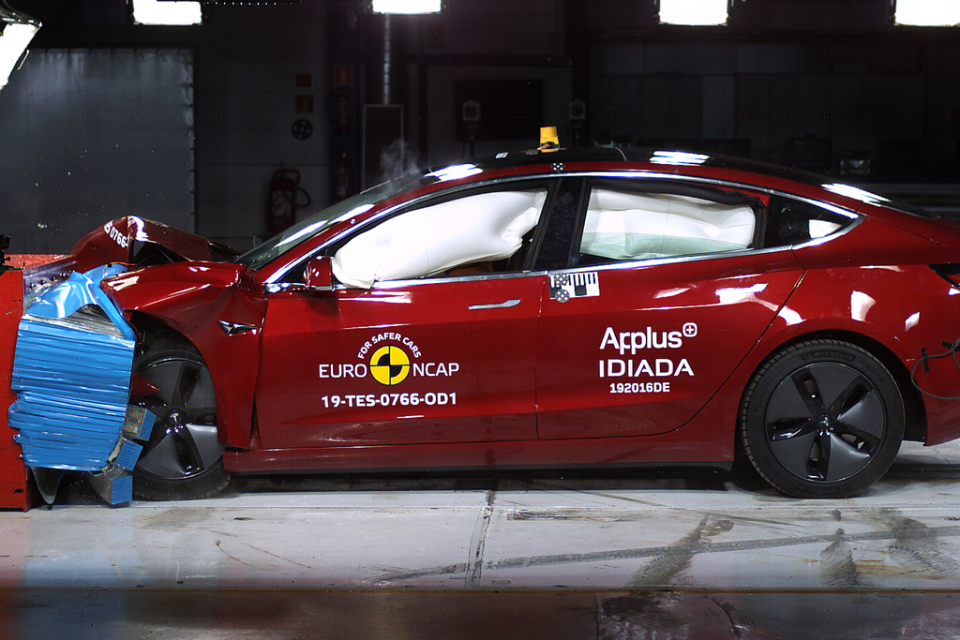
It scored 96 per cent for adult occupant protection, 87 per cent for child occupant protection, 74 per cent for vulnerable road user protection, and 94 per cent for safety assist.
Standard safety equipment includes:
Tesla backs the Model 3 with a four-year, 80,000km warranty, with a separate eight-year, 160,000km warranty for the battery and drive unit (eight years or 192,000km for the Long Range).

Given it has very few moving parts, there isn’t much maintenance required on the Model 3. Unlike some EV rivals Tesla doesn’t have a typical service schedule, instead it recommends having the air-conditioning filters changed every two years, and checking the tyre tread, balance, and rotation every 20,000km.
Thanks to regenerative braking, the brake pads and discs require work less frequently than in internal-combustion vehicles. However, the Model 3 will need to have brake fluid checked every two years, and the pads and discs lubricated every 12 months in colder climates.
For a mid-life refresh, the 2024 Model 3 Tesla has benefited from an exhaustive number of improvements covering almost every facet of the car; exterior, interior and under the skin.
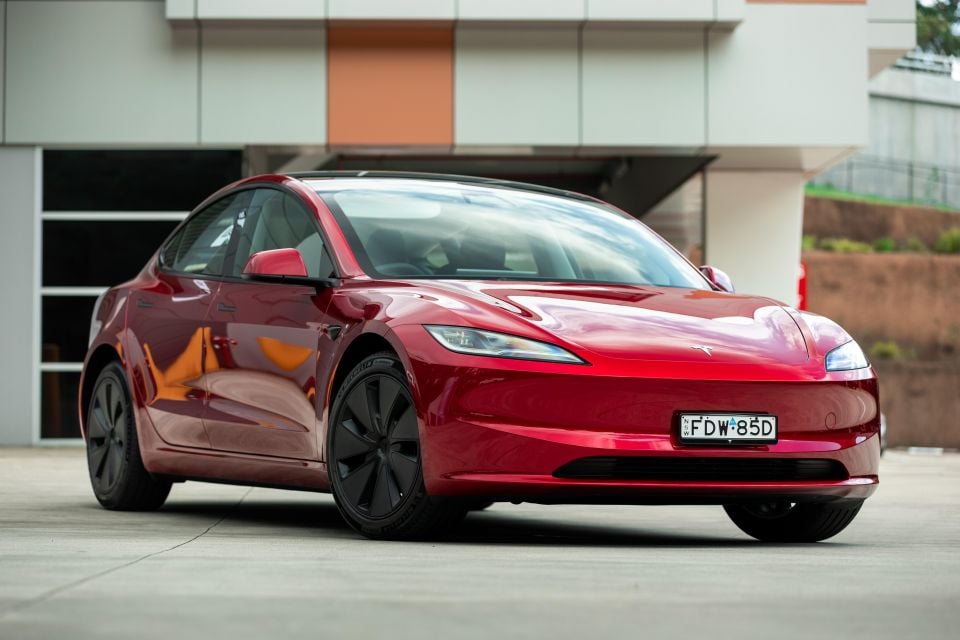
To any other carmaker it might have easily qualified for the new-generation status, but either way, Tesla has put its best-selling Model 3 under the microscope and re-engineered both big and small ticket items that drew global criticism from previous Model 3 owners.
The improvement in ride comfort is simply game changing compared with the nausea-inducing suspension set-up on the previous iteration. Likewise, with the overall noise suppression in the cabin – it’s now a demonstrably quiet place to be and the perfect amphitheatre in which to enjoy one of the finest audio systems in the business.
While more work will need to be done with range and charging evaluation, when Paul Maric and the team put the car through the ringer at CarExpert’s proving ground – the new Model 3 is still a mighty impressive proposition and remains a bang-for-buck trailblazer on the EV landscape.

Click the images for the full gallery
BUY: Tesla Model 3 MORE: Everything Tesla Model 3
Where expert car reviews meet expert car buying – CarExpert gives you trusted advice, personalised service and real savings on your next new car.


Anthony Crawford
2 Months Ago
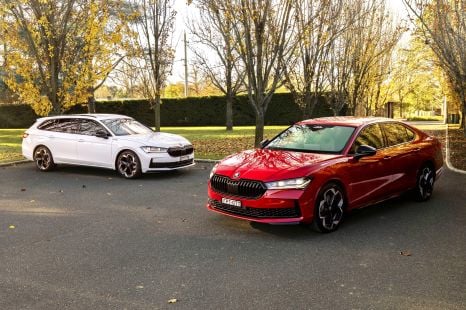

Max Davies
2 Months Ago
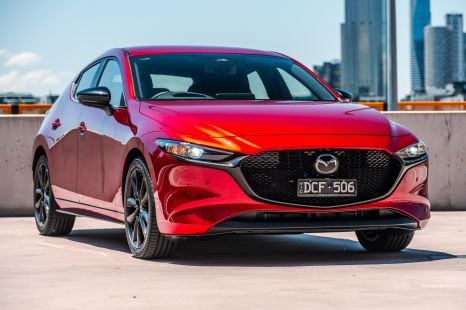

Josh Nevett
2 Months Ago
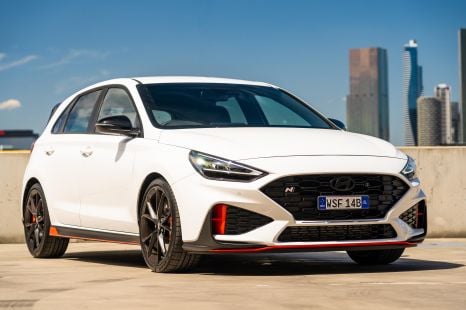

Josh Nevett
1 Month Ago
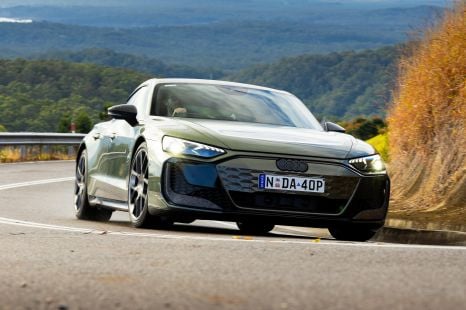

James Wong
1 Month Ago
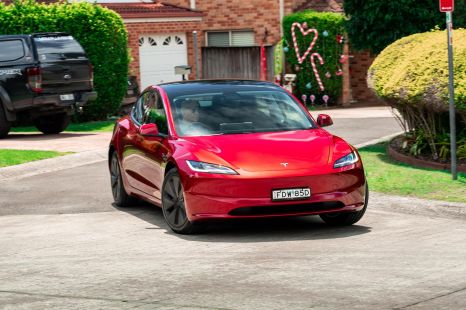

Derek Fung
10 Days Ago